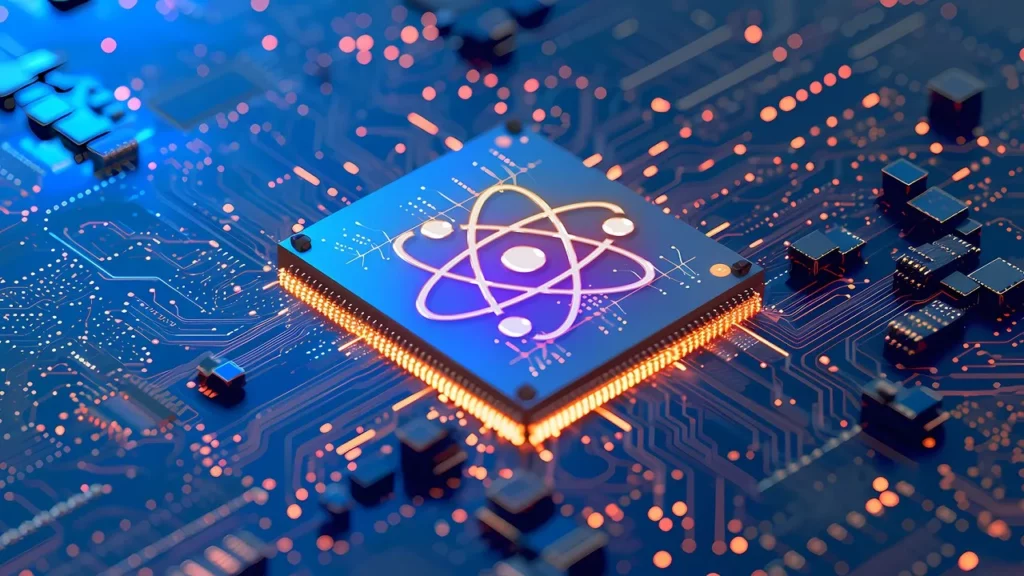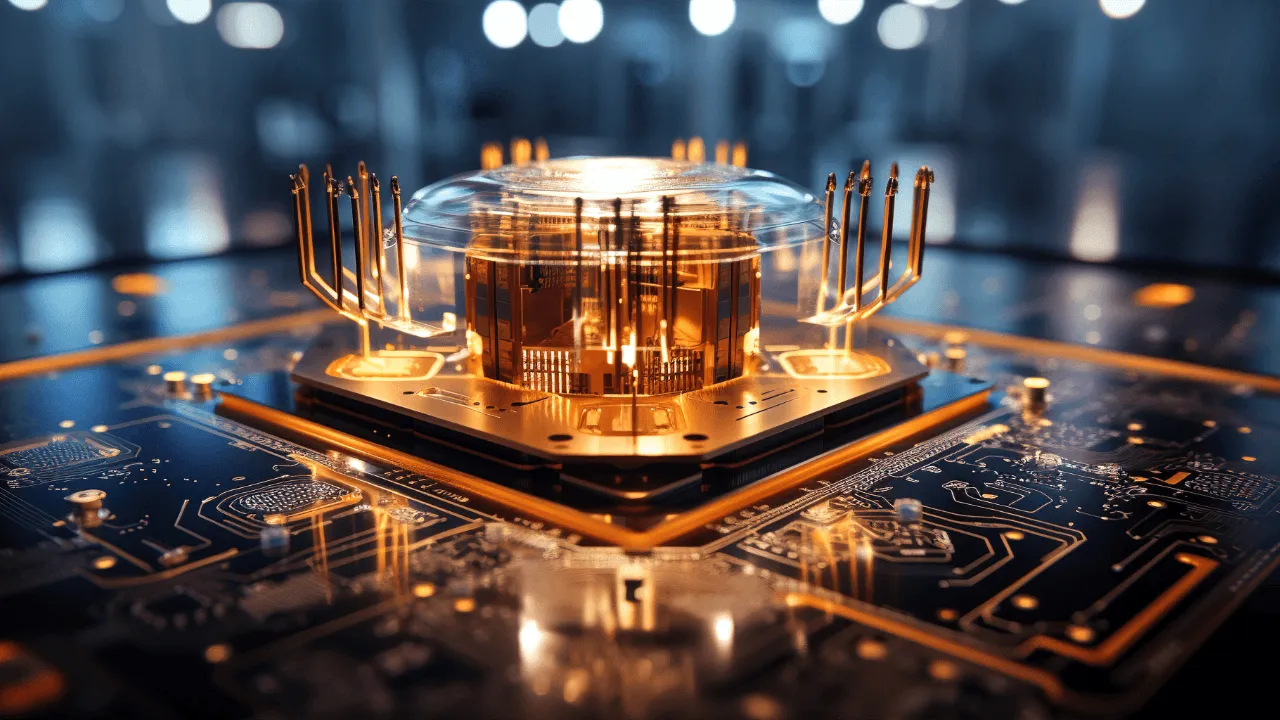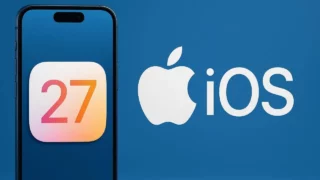Quantum machine learning has been used to create semiconductors for the first time, opening a path that could radically shift how chips are designed and manufactured. Researchers see this as a turning point for the chip industry, where traditional trial-and-error methods may give way to precision modeling powered by quantum systems.
Quantum machine learning enters semiconductor science

The breakthrough came as scientists applied quantum machine learning to simulate the atomic structures inside semiconductors. Instead of relying solely on classical supercomputers, the team used a quantum model to map and predict electron behavior with far greater accuracy. This precision means new semiconductor materials can be tested virtually before they’re ever built in a lab.
Why classical computing falls short
Conventional simulation tools struggle when atomic interactions get too complex, slowing innovation in semiconductor research. Even with today’s most advanced processors, building models of electron dynamics takes an enormous amount of power and time. Quantum approaches, by contrast, exploit superposition and entanglement to handle multiple variables at once, drastically reducing the workload.
Quantum machine learning could speed chip development
The immediate promise is speed. By feeding vast datasets into quantum machine learning systems, researchers can cut down the discovery cycle for new semiconductor materials. This could lead to chips that are not only smaller and more efficient, but also customized for tasks like AI acceleration or sustainable energy solutions. Instead of waiting years for lab validation, companies might soon test material candidates in days.
First experiments point to real potential
In these first trials, scientists successfully modeled semiconductor properties that aligned with experimental results. That match between prediction and reality shows quantum machine learning can move beyond theory into practical development. It’s an early step, but one that suggests scalability is possible.
Barriers still remain
There are hurdles: current quantum hardware remains fragile, with error correction a constant challenge. Scaling up experiments will require more stable qubits and better integration with classical systems. Still, the progress marks a moment where the research community can envision a pipeline where quantum and classical tools collaborate rather than compete.
The start of a new chip era
Semiconductors fuel everything from smartphones to satellites. A technology that can design them faster and with more precision could transform entire industries. Quantum machine learning is still in its early days, but the signal is clear chipmaking’s future may be written not just in silicon, but in qubits. The spice flows soon.














